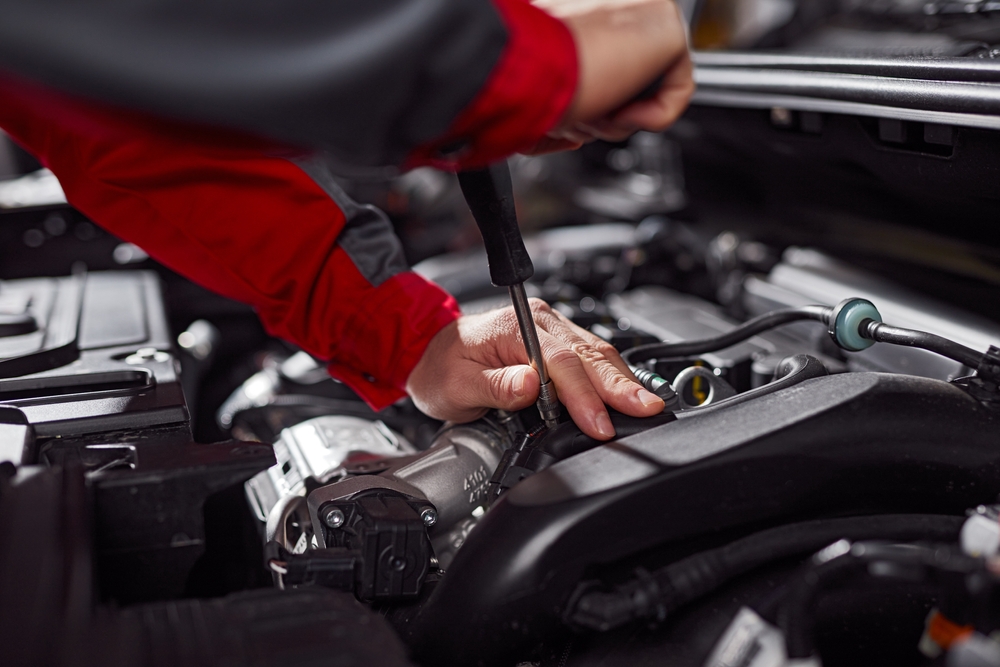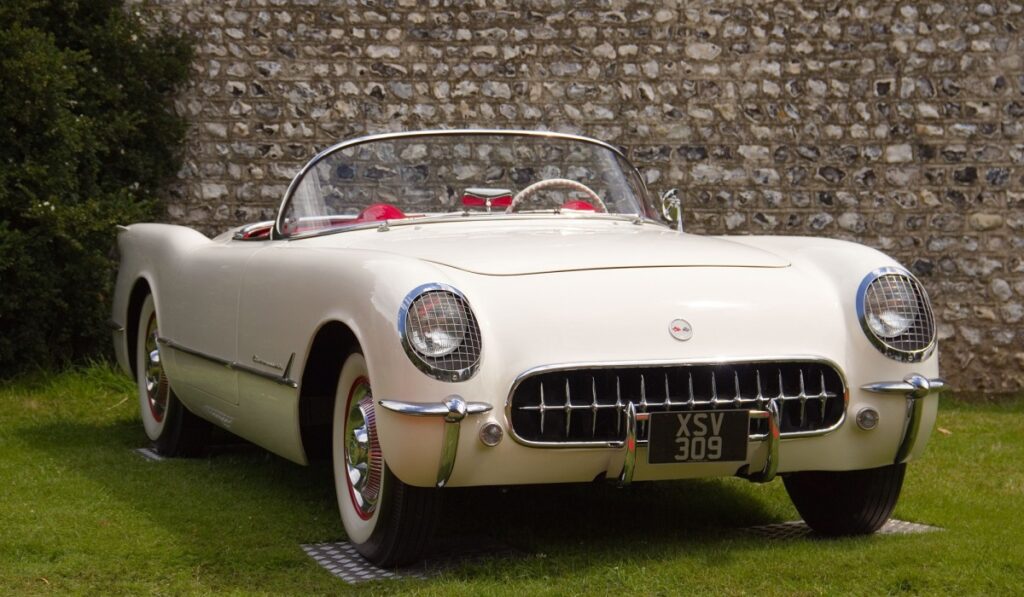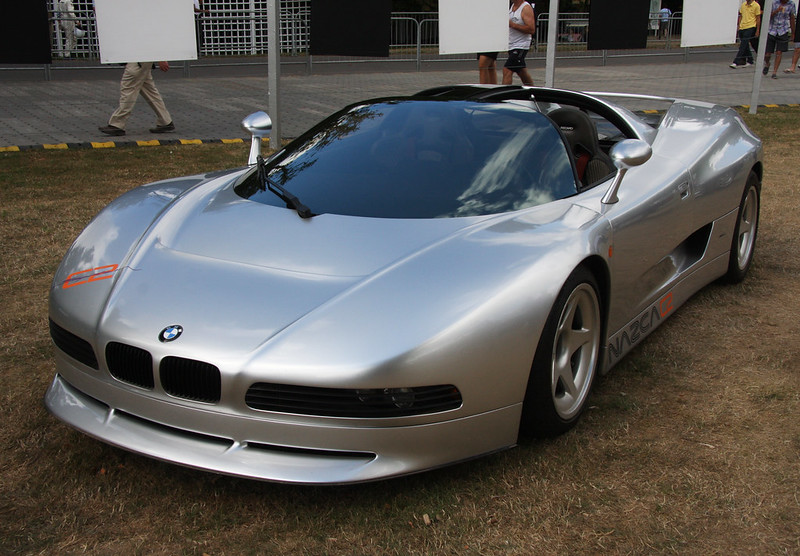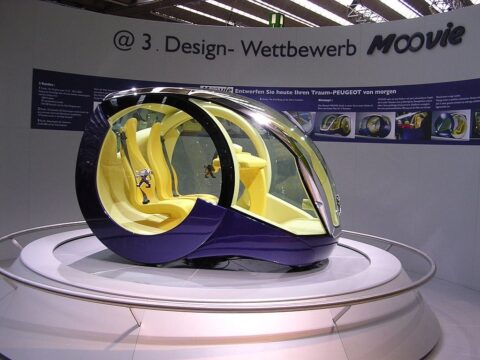Aftermarket car parts can be a cost-effective and convenient solution for vehicle repairs and upgrades. However, they often come with their own set of challenges. From fitment issues to potential safety concerns, understanding the common problems associated with aftermarket parts is crucial. In this article, we’ll explore 10 common problems with aftermarket car parts that you can’t ignore, helping you make informed decisions for your vehicle.
Contents
Poor Fitment

Aftermarket parts often do not fit as precisely as OEM (Original Equipment Manufacturer) parts. This can lead to installation difficulties, improper alignment, and potential damage to other vehicle components. Poor fitment may also cause parts to wear out faster, leading to frequent replacements.
Lower Quality Materials

Many aftermarket parts are made from lower quality materials compared to OEM parts. This can result in reduced durability and a higher likelihood of part failure. Inferior materials may not withstand the same levels of stress and wear, leading to premature breakdowns.
Inconsistent Performance

Performance can vary widely among different aftermarket brands and even within the same brand. This inconsistency can affect vehicle reliability and safety. Drivers may experience fluctuating performance, which can be problematic in critical situations.
Shorter Lifespan

Aftermarket parts often have a shorter lifespan than OEM parts. This means that while they may be cheaper initially, they may require more frequent replacements, leading to higher long-term costs. Shorter lifespan parts can also increase the likelihood of vehicle breakdowns.
Warranty Issues

Using aftermarket parts can sometimes void your vehicle’s warranty. Manufacturers may refuse to honor warranties if they find that non-OEM parts have been used. This can leave vehicle owners without coverage for repairs that would otherwise be covered.
Compatibility Problems

Not all aftermarket parts are compatible with every vehicle model and make. This can lead to significant issues if the part does not function correctly with your specific vehicle. Compatibility problems can result in additional expenses to find the correct part.
Potential Safety Risks

Some aftermarket parts may not meet the stringent safety standards set for OEM parts. This can pose significant safety risks, as these parts may fail under stress or not perform as expected in critical situations, potentially leading to accidents.
Higher Maintenance Costs

Frequent replacements and repairs due to the lower quality and shorter lifespan of aftermarket parts can lead to higher maintenance costs. The initial savings on the parts can quickly be offset by the need for additional repairs and replacements.
Resale Value Impact

Vehicles with aftermarket parts may have a lower resale value. Potential buyers often prefer vehicles with OEM parts, as these are perceived to be more reliable and of higher quality. This can impact the vehicle’s overall market value.
Installation Challenges

Some aftermarket parts require professional installation, which can increase costs. Improper installation can lead to additional problems, further increasing the expense and potential for vehicle damage.
This article originally appeared in MyCarMakesNoise.
More from MyCarMakesNoise
20 Classic Cars That Have Stood the Test of Time

Classic cars have a timeless appeal that goes beyond their looks—they represent a blend of history, innovation, and lasting craftsmanship. Some vehicles have remained iconic through decades, admired for their design, performance, or cultural significance. Read More.
13 Tank Designs That Didn’t Live Up to Their Promises

Tank designs throughout history have aimed to revolutionize warfare, offering unmatched firepower, protection, and mobility. However, not every tank lived up to its promises. Read More.
13 of the Rarest BMW Cars to Ever Hit the Road

BMW has long been celebrated for its luxury, performance, and innovative design blend. Over the years, the Bavarian automaker has crafted numerous models that not only pushed the boundaries of automotive engineering but also captured the imaginations of car enthusiasts worldwide. Read More.














